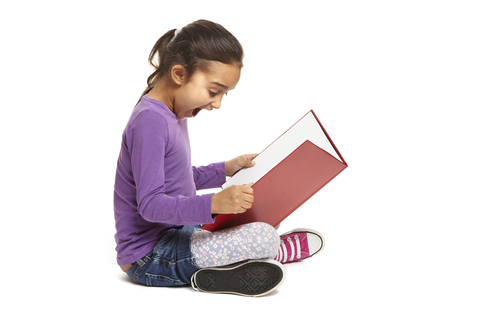The debate concerning the advantages and disadvantages of single-sex schooling in Australia is ever present in discussions relating to education, and the place of single-sex schools in Australian society has been questioned in recent years. A range of issues may influence a parent’s decision to send their child to either a coeducational or single-sex institution. The widely held belief that students are likely to perform better academically in a single gender environment is asserted by many (Alliance of Girls Schools Australia, 2016; Dabrowski and Donoghue, 2015; Bagshaw, 2016). Proponents of this view point to research suggesting a positive correlation between single-sex schooling and high numeracy, literacy, and tertiary entrance scores (Alliance of Girls Schools Australia, 2016).
Some parents claim that the elimination of the attraction factor in single-sex classes makes for more focused students on the whole, whilst some say that female students benefit more from being in a single-sex environment than their male counterparts, who are more suited to a coeducational environment (Forgasz, 2016). Finally, it is sometimes proposed that single gender learning environments can be good for both men and women, as their brains are fundamentally different from each other, and have different “learning preferences” (Dabrowski and Donoghue, 2015). But how do these views stack up against reality?
There is no simple answer to this question, as research findings prove inconclusive and are often cherry-picked to support one view over another. (Forgasz, 2016). Whilst it has been reported that female students at all-girls schools feel more confident when it comes to achieving in traditionally male-dominated subjects such as science, technology, and mathematics, extensive studies have failed to show that students in single-sex schools have a distinct academic or other advantage over those at co-educational schools (Forgasz, 2016; Dabrowski and Donoghue, 2015; Selinger-Morris, 2016).
A review of 1.6 million students appears to confirm this, despite claims that girls perform better in single-sex schools and that such schools perform better academically than co-ed schools. It seems that any perceived advantage in this respect is mitigated if socio-economic factors are taken into account. Indeed, Professor Halpern says that the evident academic achievement of single-sex schools has more to do with the quality of the teaching at the establishment in question, rather than the fact that it is single-sex (Bagshaw, 2016)
Furthermore, although it has been proven that there are differences between female and male brains, taking these differences into account does not automatically lead to improved educational outcomes. A single-gender environment may be good for certain students, but there is no evidence to support that it is beneficial for students in general. In fact, it may be harmful, encouraging gender stereotypes, and reducing students to gender-specific categories that try to pigeonhole sexual identity, by basing this identity on binary, mutually exclusive distinctions (Dabrowski and Donoghue, 2015; Selinger-Morris, 2016). In conclusion, while single-sex institutions typically have many laudable qualities, the perceived advantages of single-sex education are dubious at best; it is the quality of the education offered that weighs the most in the balance.
REFERENCES
Bagshaw, Eryk. “No benefit to single-sex education, Australian Psychological Society Congress to be told”. The Sydney Morning Herald. September 13, 2016.
Dabrowski, Anna and Gregory Donoghue. “Single-sex schools: we wouldn’t segregate kids by race, so why do we still do it by gender?” The Conversation. 15 July, 2015.
Forgasz, Helen. “Single-sex vs coeducational schools: how parents can decide the best option for their child.” The Conversation. April 1, 2016.
Selinger-Morris, Samantha. “’Warped views about women’:The shortcomings of single-sex schools.” Australian Broadcasting Corporation. 13 November, 2016.
“Single-sex education for girls – The research”. 2016. Alliance of Girls Schools Australia.



